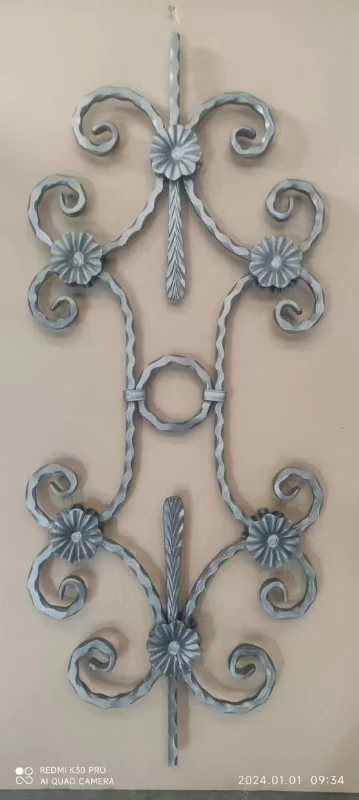Innovative Solutions for High-Quality Cast Iron Components Fabrication and Design
The Importance and Applications of Cast Iron Components
Cast iron components have been a fundamental part of manufacturing and engineering for centuries. Known for their exceptional durability, excellent castability, and good wear resistance, cast iron components are relied upon in a wide range of industries. From automotive to construction, their versatility continues to be celebrated by engineers and manufacturers alike.
At its core, cast iron is a group of iron-carbon alloys with a carbon content greater than 2%. This high carbon content imparts unique properties that make cast iron suitable for various applications. The most common types of cast iron include grey cast iron, ductile (or spheroidal) cast iron, and white cast iron, each possessing distinct characteristics. Grey cast iron is known for its good machinability and excellent friction properties, making it ideal for automotive engine blocks and machine tool bases. Ductile cast iron, with its increased tensile strength and ductility, is often used for critical structural components, such as pipes, gears, and valves.
One of the primary advantages of cast iron components is their ability to withstand high temperatures and pressures, making them ideal for heavy-duty applications. For instance, cast iron is widely used in the manufacturing of engine cylinder heads, exhaust manifolds, and brake components due to its heat resistance and strength. In the construction industry, cast iron is used for structural elements, such as beams and columns, offering robustness and reliability.
In addition to their mechanical properties, cast iron components are also prized for their excellent wear resistance
. This characteristic is particularly crucial in the manufacturing of machinery and equipment that undergoes continuous abrasion. Components such as liners for agricultural or mining equipment, and even heavy machinery parts, benefit from the wear-resistant properties of cast iron, ensuring longevity and reducing maintenance costs.cast iron components

The casting process of iron components is another point of interest. The process involves pouring molten iron into a mold where it solidifies into the desired shape. This allows for the production of complex geometries that would be difficult or impossible to achieve with other manufacturing techniques. Techniques such as sand casting, shell molding, and investment casting are commonly used in the industry, each providing varying levels of precision and surface finish.
Moreover, the economic advantages of using cast iron components cannot be overlooked. The materials used to produce cast iron are often more readily available and less expensive than many alternative alloys. Additionally, the energy involved in melting and casting iron is relatively low compared to the processes required for producing some high-performance metallic components. This makes cast iron an economically viable option for businesses looking to minimize production costs while maintaining quality.
However, it is essential to consider that cast iron components have limitations. They can be brittle, particularly in certain types of cast iron, which makes them susceptible to cracking under extreme stress or shock loads. Moreover, because of their dense structure, cast iron components are often heavier than those made from alternative materials, which could be a consideration in design and application contexts.
In conclusion, the significance of cast iron components in various industries is undeniable. Their unique properties, including high durability, excellent machinability, and wear resistance, alongside economic advantages, make them a popular choice in a multitude of applications. From the automotive sector to heavy machinery and construction, the ongoing reliance on cast iron components highlights their enduring value in modern engineering. As technology advances, continued innovation within the field of metallurgy promises to enhance the capabilities of cast iron, ensuring it remains a vital component in the manufacturing landscape for years to come.
-
Window Lock Handle for Security UpgradesNewsJun.20,2025
-
Proper Lubrication Techniques for Sliding Gate WheelsNewsJun.20,2025
-
Ornamental Iron Castings for Interior DesignNewsJun.20,2025
-
Creative Ways to Decorate Around a Cast Iron FireplaceNewsJun.20,2025
-
Cast Iron Pipe and Fitting for Plumbing SystemsNewsJun.20,2025
-
Cast Iron Panel Casting for Architectural ElementsNewsJun.20,2025















